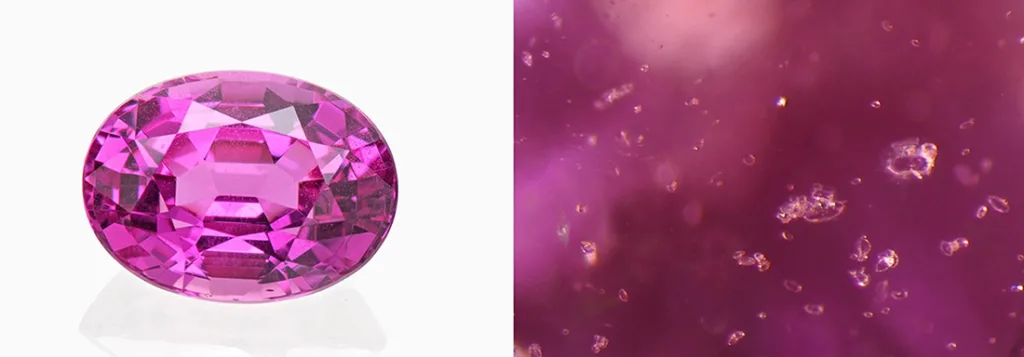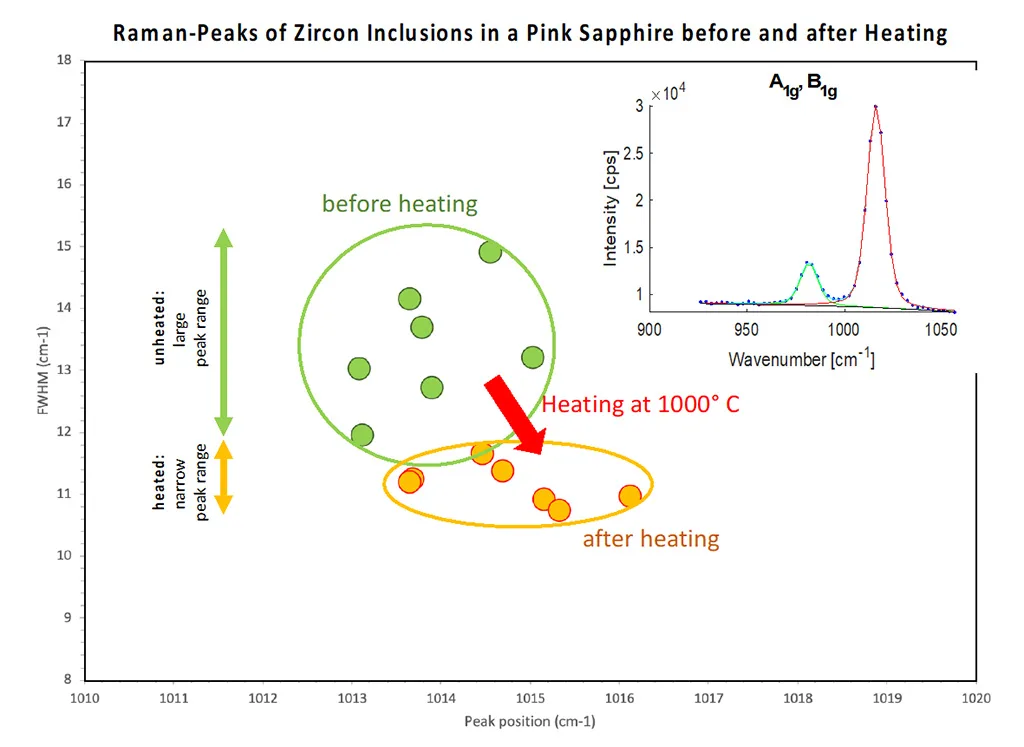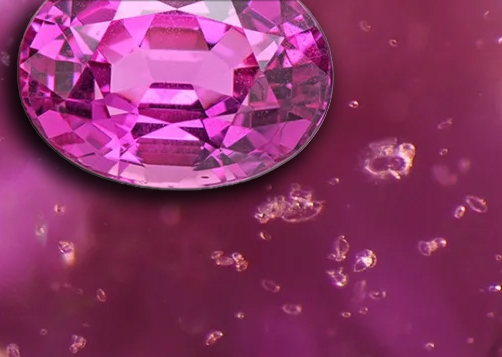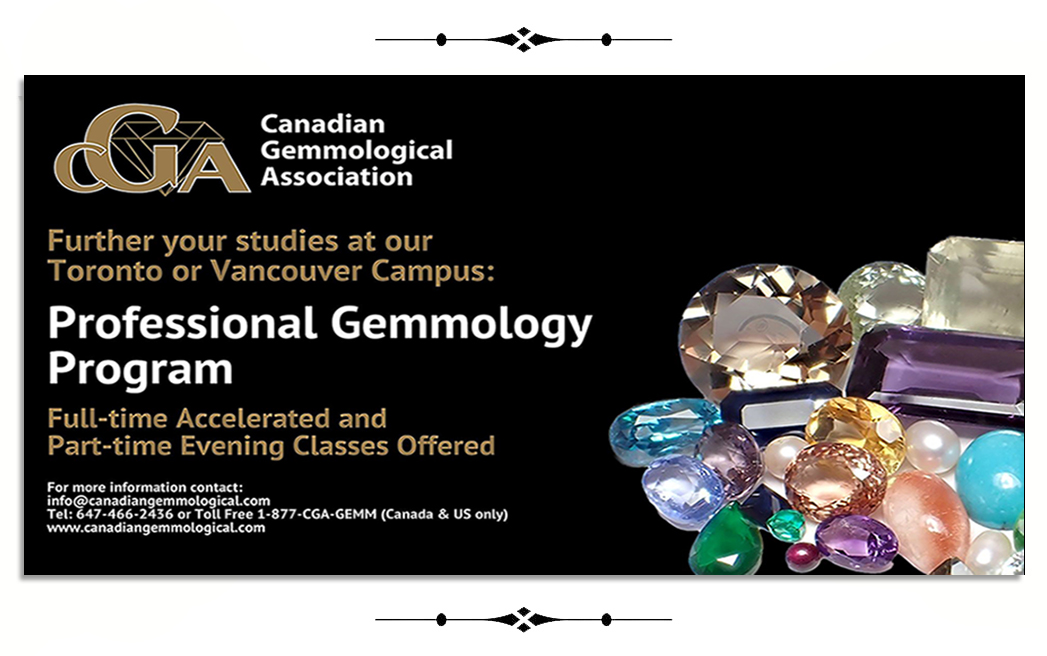New and additional criteria to detect low-T heated pink sapphires applied by SSEF
In the Swiss Gemmological Institute SSEF’s newsletter last week, new and additional details were shared regarding the identification of low-T (Low Temperature) heating of pink sapphires, rubies, and all other colour varieties of corundum.
Courtesy of SSEF, here are their findings:

Low T Heating
Heat treatment of ruby, sapphire and other colour varieties of corundum is one of the main issues for the gem trade. As such, detecting such treatment is a major task of gemmological laboratories issuing gemstone reports. Unfortunately, and especially lately, the detection of such heating is not always straightforward. Specifically, when the applied heat is of rather low temperature (< 1000 °C). Such treatment is commonly known in the trade as low-T heating (see also SSEF Press Release from September 2018, link).
At SSEF, we have seen in the past few months an increasing number of pink to purple sapphires (Fig. 1) on which such low-T heat treatment had been applied with the aim to slightly shift the colour to a more attractive and vivid hue. Most of these stones are originating from Ilakaka in southwestern Madagascar.
More Sensitive Equipment
Unfortunately, traditional detection methods based on detailed microscopy, reaction to ultraviolet light, and infrared spectroscopy is in certain cases not conclusive to tell whether such a stone has been heated (at low-T) or not. Based on numerous heating experiments at SSEF and using new and highly sensitive instrumentation and analytical protocols, we have been able to explore new scientific criteria to separate unheated pink sapphires (and other corundum varieties) from heated ones. These new criteria are mainly based on detailed Raman spectroscopic analyses of inclusions, specifically those which suffer major structural transformations by a heating process (Fig. 2).

Better Results
By consequence, we have lately adapted our testing protocol and are now able to get more unambiguous and conclusive results even for cases which were considered challenging or inconclusive before. On the other hand, however, this also means that considerably more analytical time and effort needs to be invested in the laboratory in our daily operations when testing such stones.
Time for a Reassessment of a Previous Conclusion (Important!)
Having said this, it is also important to understand that any result on a gemstone report at the very end reflects the scientific knowledge at the time of examination. As the results of our current research shows, scientific gemmological knowledge is constantly evolving. Thus, in certain cases this may result in a reassessment of a previous conclusion because of new and previously unknown or unavailable scientific criteria. Neglecting this fact cannot be a solution for the trade nor for gemmological laboratories.
To conclude, the Swiss Gemmological Institute SSEF applies rigorous testing procedures and is constantly investing in research and state-of-the-art instrumentation so as to be able to identify all sorts of new developments related to gemstones and pearls. We consider it also our mission to inform the trade openly and timely about new research findings and testing criteria, always with the aim to protect the gem trade and to maintain the confidence of the public in gems.
A detailed scientific publication about our latest findings is in preparation and will be published in the Journal of Gemmology.
Tap here to find this newsletter report as well as SSEF products and services.













